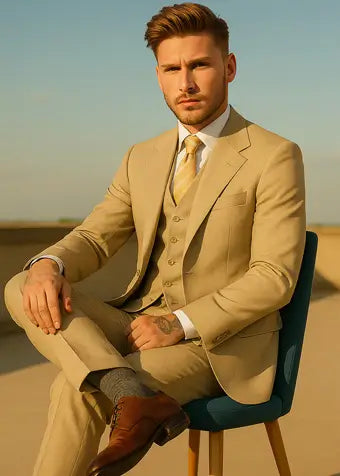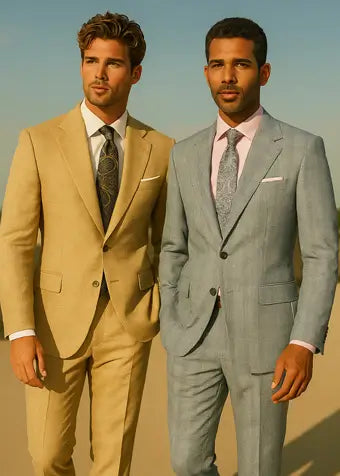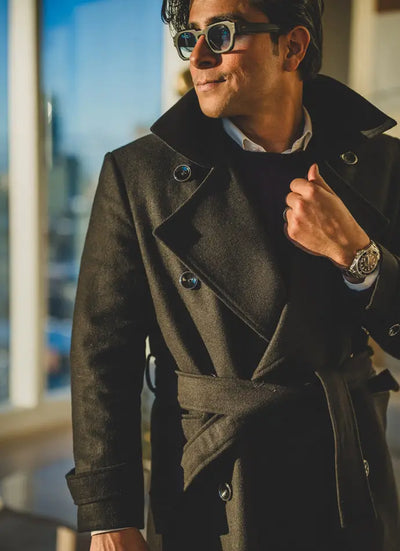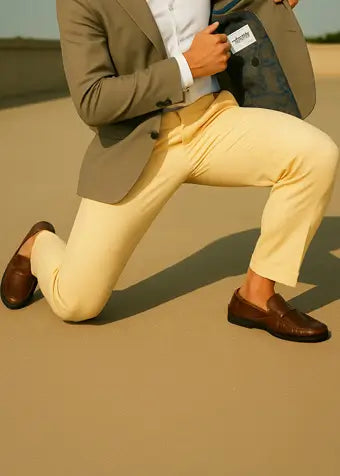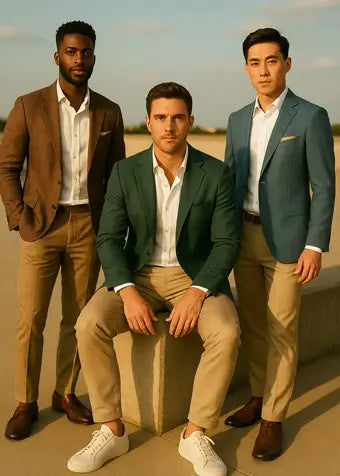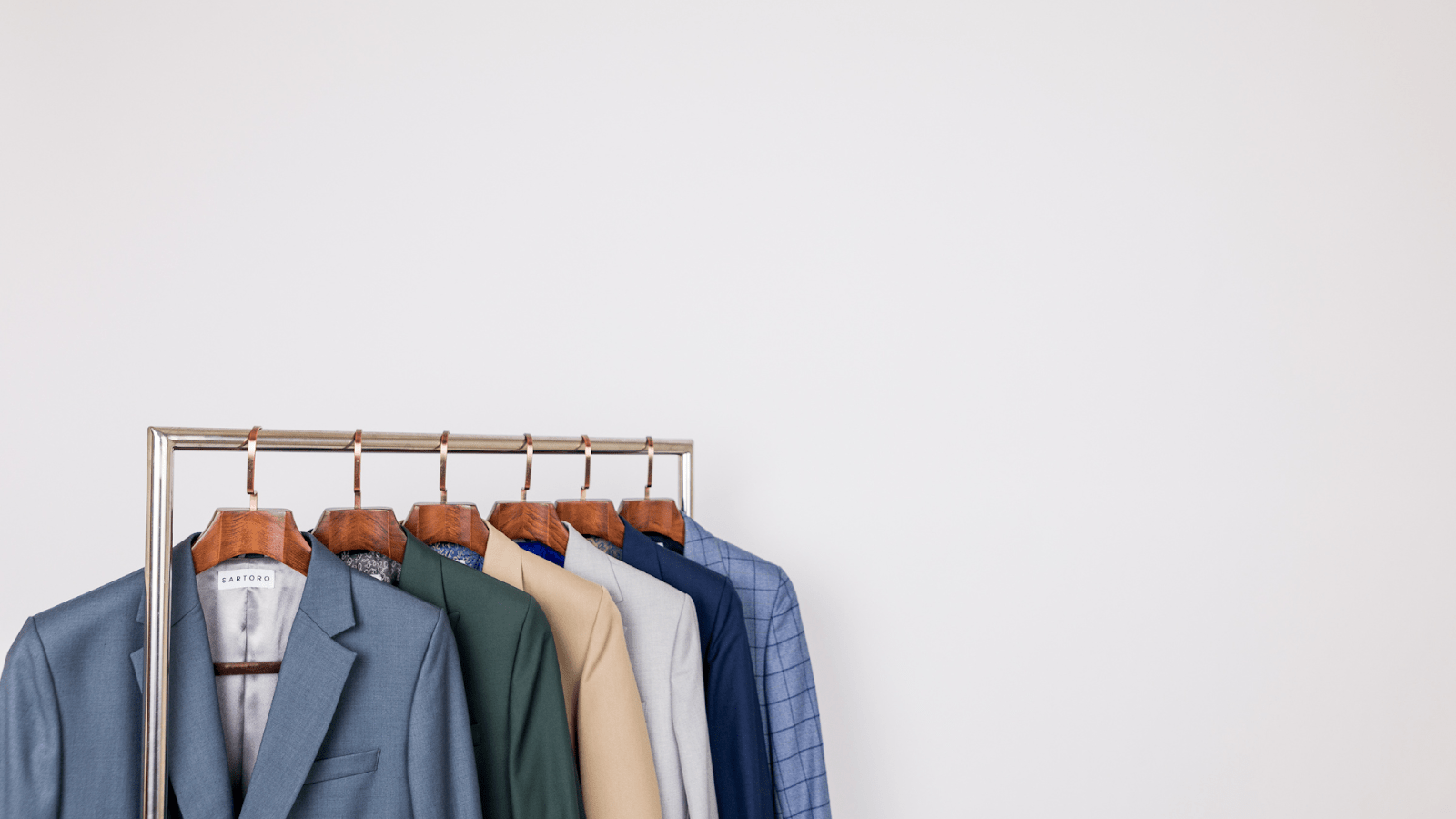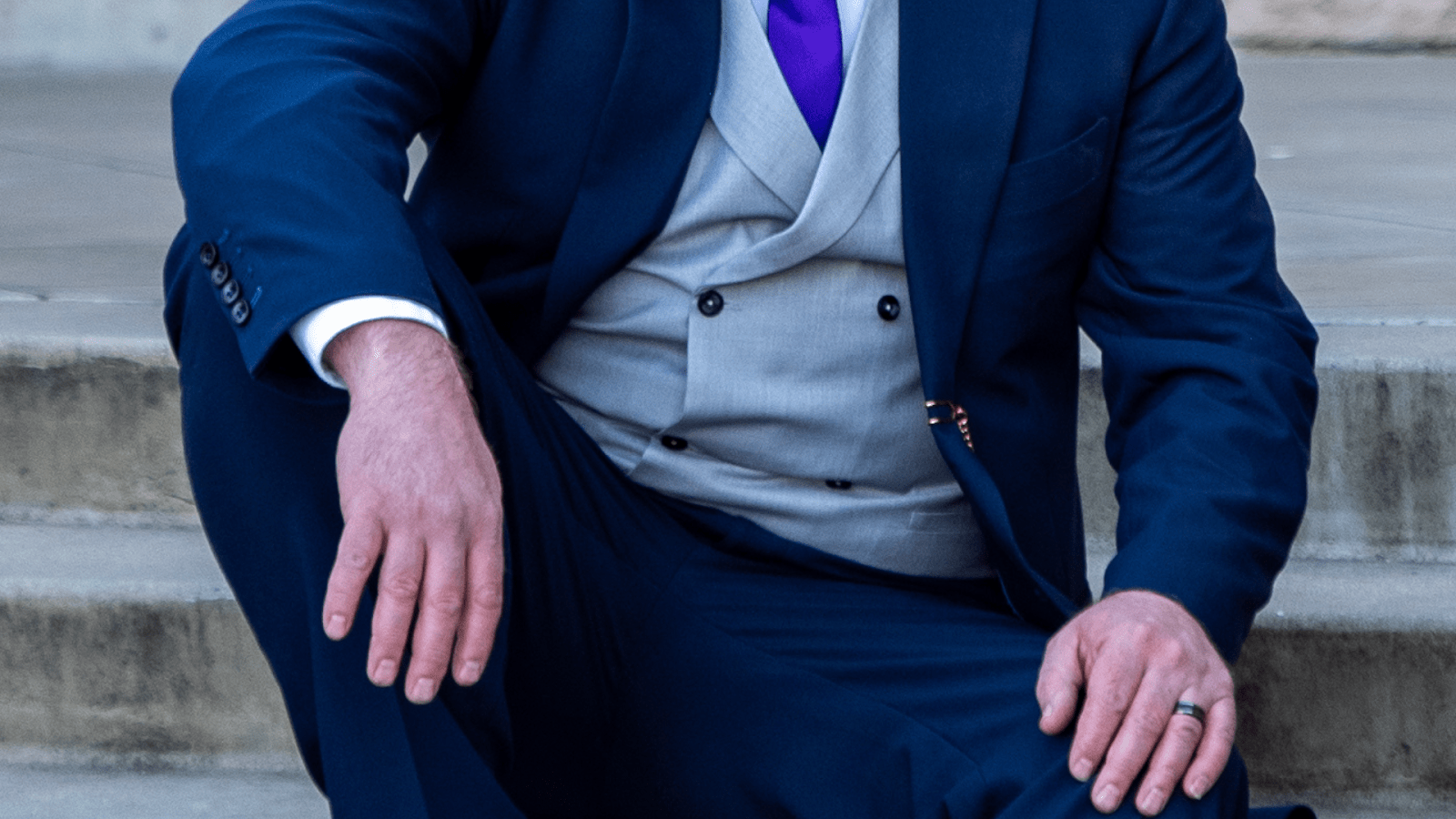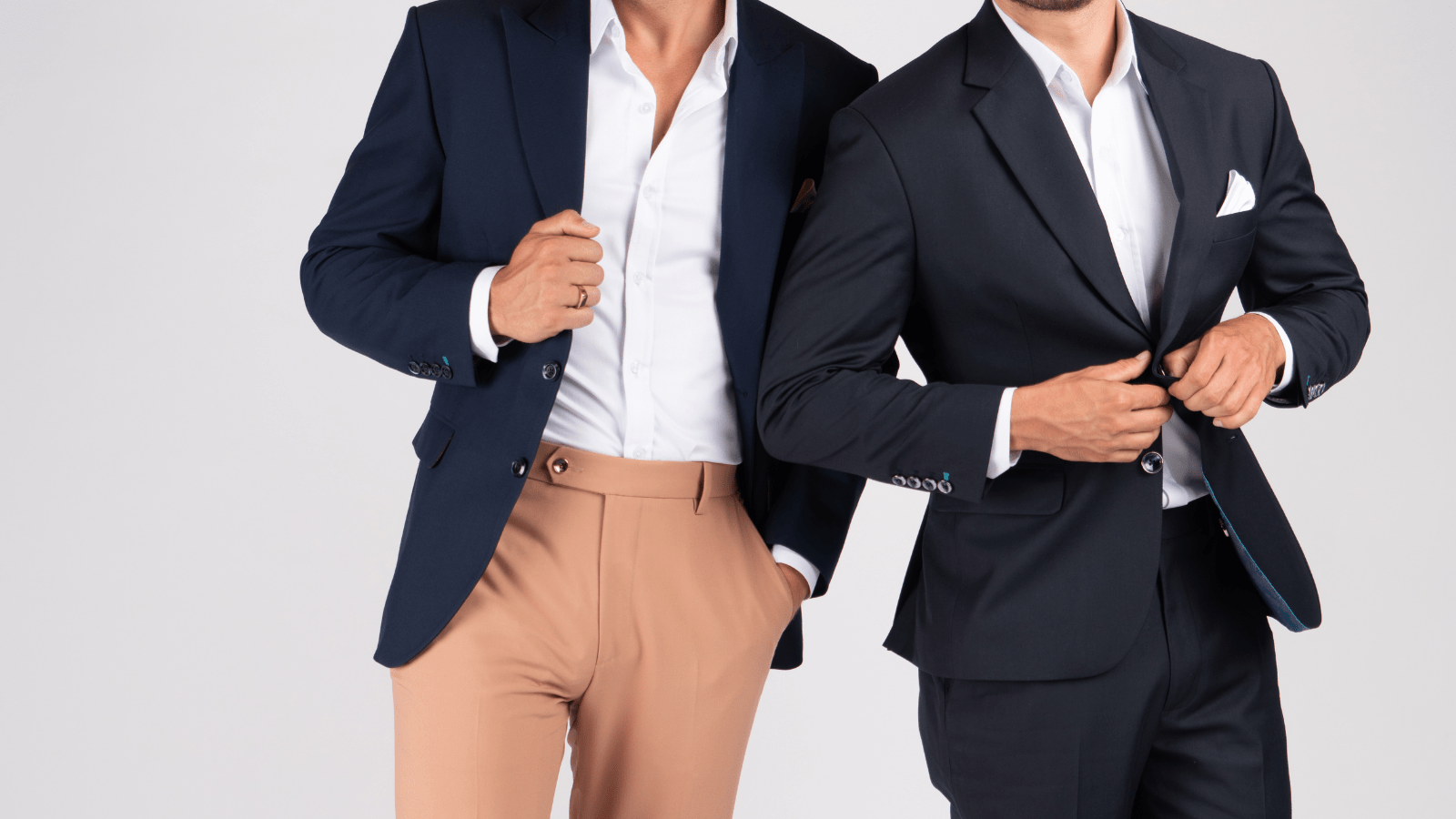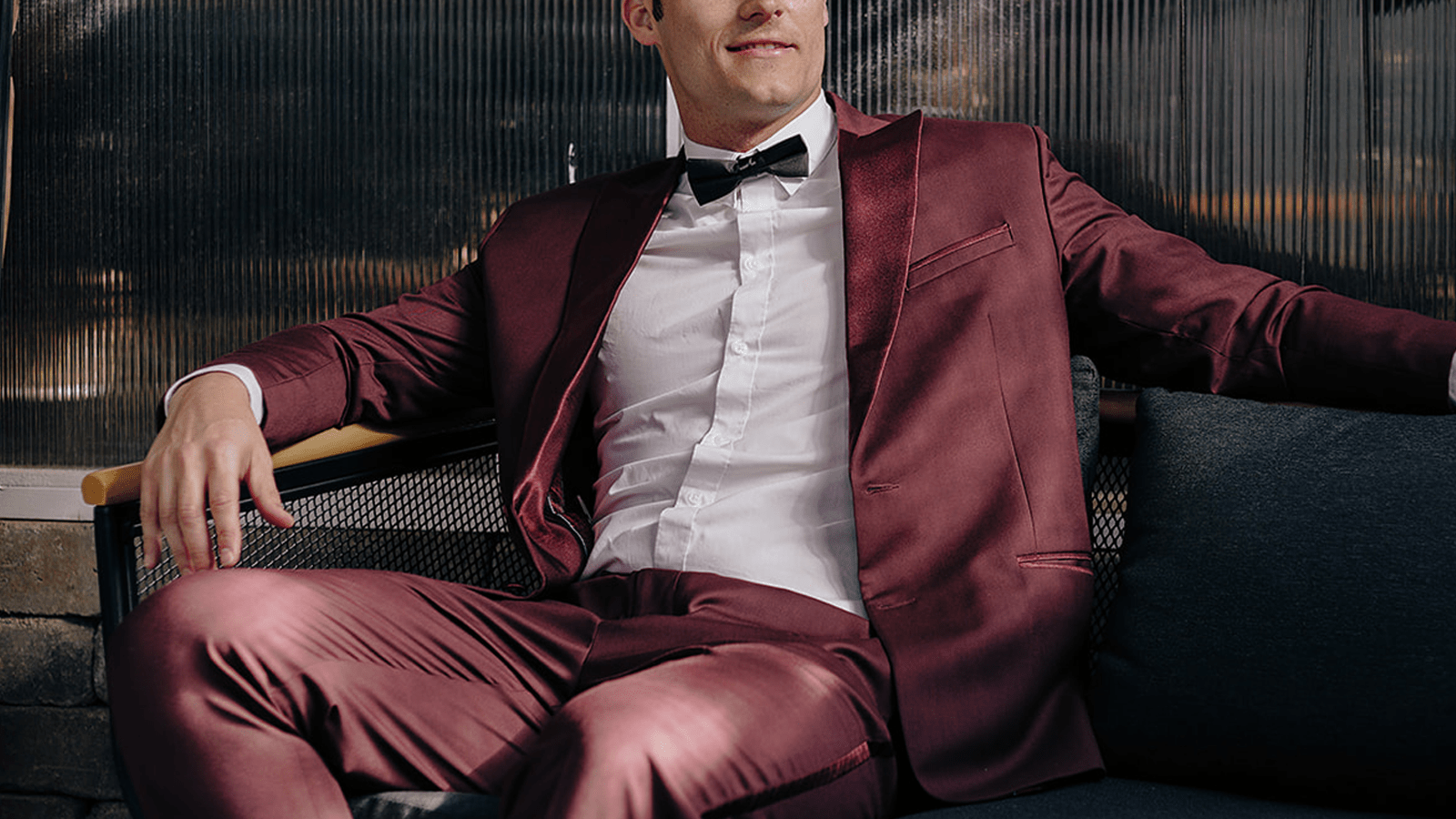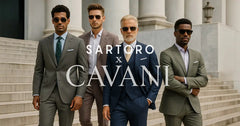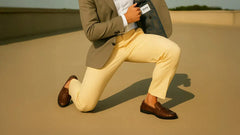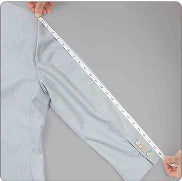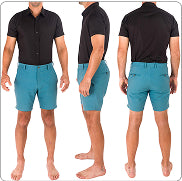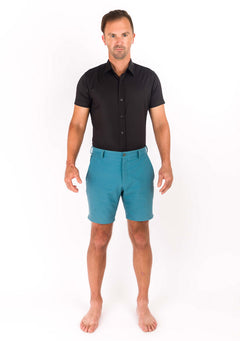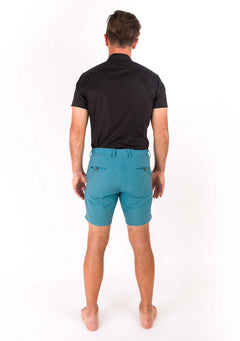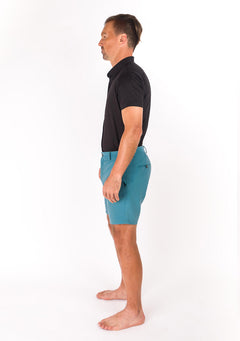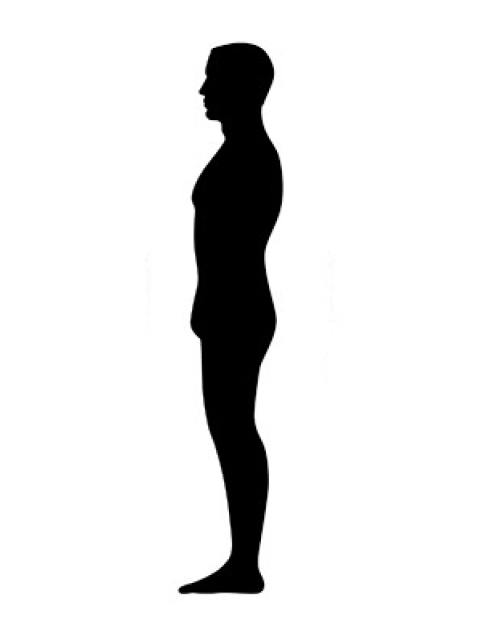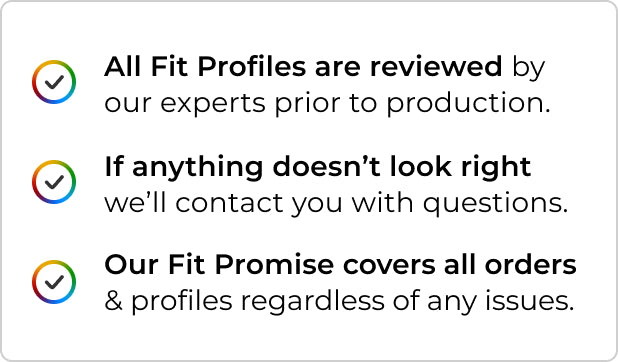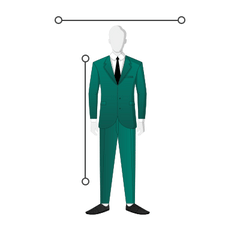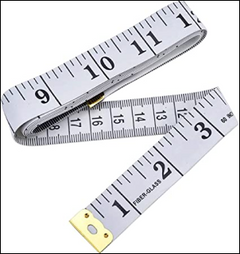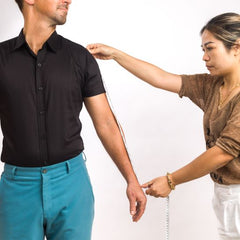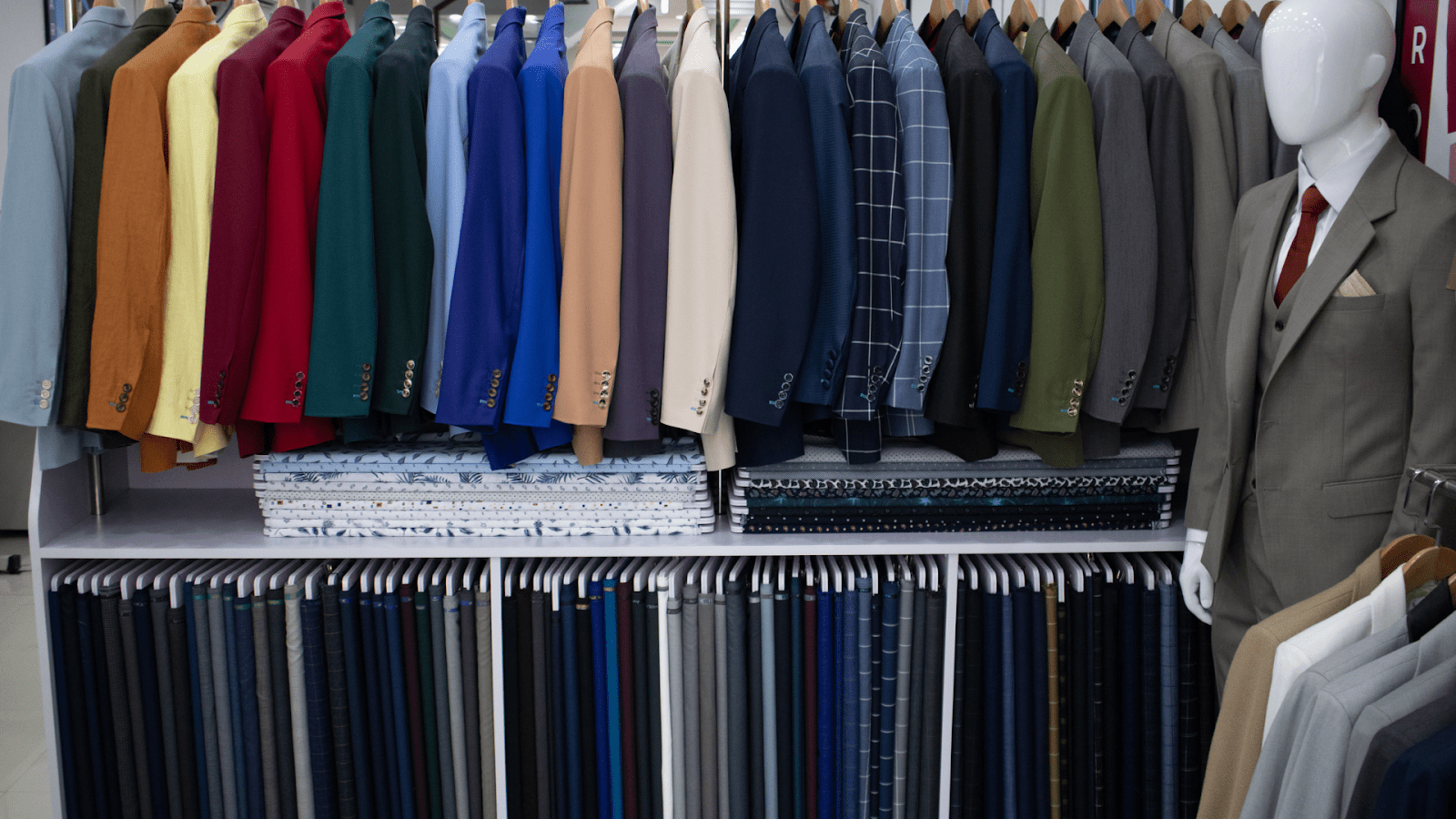
A Guide To Buying Your First Suit
Contents
- Why You Should Own A Suit
- Understanding Suit Fit: What Makes A Suit Look Good?
- Choosing The Right Fabric For Comfort And Durability
- What Color Should Your First Suit Be?
- The Basics Of Suit Styles: Single-Breasted Vs. Double-Breasted
- Suit Accessories: What You Need To Complete The Look
- Final Thoughts
- Frequently Asked Questions About A Guide To Buying Your First Suit
Key Takeaways:
- A Well-Fitted Suit is Essential: Understanding proper suit fit enhances comfort, confidence, and overall presentation, making it a crucial factor in your purchase.
- Fabric and Color Matter: Classic fabrics like wool and versatile colors like navy or charcoal maximize wearability, ensuring your suit remains stylish for years.
- Accessories Elevate Your Look: The right ties, pocket squares, and shoes can transform a basic suit into a statement of sophistication and individuality.
Buying your first suit shouldn’t feel like a chore. But with all the choices—fits, fabrics, colors—it’s easy to feel overwhelmed. Do you go classic or modern? Slim or relaxed? What even makes a suit good?
This guide breaks it down without the fluff. This is straightforward advice to help you find a suit that fits your style, life, and budget. Whether you need it for work, a wedding, or just to have one in your wardrobe, we’ve got you covered.
Why You Should Own A Suit
A suit isn’t just for special occasions—it’s a wardrobe essential that every man should own. Whether for professional settings, formal events, or personal milestones, a well-chosen suit ensures you’re always prepared to dress the part.
Professional And Career Benefits
A suit symbolizes professionalism. Whether for a job interview, a big presentation, or an important meeting, the right suit helps you make a strong impression and shows that you take yourself—and your work—seriously.
Always Ready For Formal Events
Weddings, graduations, award ceremonies—formal events come up more often than you think. Owning a suit means you’re always ready without scrambling to find one at the last minute.
Versatile For Any Occasion
A well-fitted suit isn’t just for black-tie events. Break it up and wear the blazer with chinos for a smart casual look, or dress it down with a turtleneck or tee. The right suit gives you endless styling options.
Confidence And Self-Presentation
The way you dress affects how you feel and how others perceive you. A properly fitted suit enhances confidence, improves posture, and helps you stand out in any setting.
Long-Term Value
Unlike trendy clothing that comes and goes, a classic, well-made suit is a long-term investment. Choose the right fit and material, and you’ll have a timeless piece that serves you for years.
Understanding Suit Fit: What Makes A Suit Look Good?
A well-fitting suit is the cornerstone of any professional wardrobe, exuding confidence and sophistication. When fitting suit jackets, pants, or shirts, it's essential to understand how each piece should contour to your body. This knowledge ensures that your custom-made suit looks exceptional and feels comfortable throughout the day.
Suit Jackets
The fit of the suit jacket is pivotal to the overall aesthetic. The shoulders should lie flat and align with your natural shoulder line — any excessive fabric or tightness suggests an inadequate fit. The chest area should feel snug yet breathable, avoiding stress on the button when fastened. Pay attention to the jacket's length, which should cover the seat and allow for an elegant, tailored silhouette.
Suit Pants
Suit pants should balance comfort with a sharp, tailored appearance. Aim for a fit where the waistband sits comfortably on your hips without needing a belt to hold them in place. The trousers should taper gently from waist to ankle, maintaining a clean line without being too tight. Consider the break at the hem — typically, a slight break is ideal, where the pant cuff rests gently on top of your shoe, creating a smooth transition without excess fabric pooling.
Dress Shirts
The dress shirt acts as a foundation to your suit and must align harmoniously with the jacket. Ensure the shirt collar fits comfortably around the neck, allowing two fingers to slide in easily. The shoulder seams should align precisely with your shoulders, and the cuffs should end just beyond the wrist bone, ensuring the shirt can be seen under the jacket cuff for a polished look.
Choosing The Right Fabric For Comfort And Durability
When investing in your first suit, selecting the appropriate fabric is crucial for comfort and longevity. At Sartoro, we value impeccable craftsmanship and use only the highest-quality materials. Understanding the characteristics of different fabrics will help you make an informed decision.
Wool: The Classic Choice
Wool is a timeless favorite for suits. Known for its versatility and durability, wool provides excellent insulation, making it suitable for warm and cooler climates. This natural fiber breathes well and resists wrinkles, ensuring your suit maintains its polished appearance with minimal effort. Its flexibility allows for different weaves, including worsted and flannel, catering to diverse personal styles.
Linen: Perfect For Warmer Climates
Linen is a superb choice for those residing in or frequently visiting warmer regions. Known for its lightweight and breathable nature, linen maintains a cool feel even in the heat. While it does wrinkle more easily than other fabrics, its relaxed and airy aesthetic can be ideal for more casual or summer events.
Cotton: Balance of Style and Ease
If you're looking for a stylish and easy-to-care-for suit, consider cotton. This fabric offers a crisp, clean look and more breathability than wool. Cotton suits are versatile, suitable for business settings and social events.
What Color Should Your First Suit Be?
Choosing the right color for your first suit is crucial in building a versatile wardrobe. The color sets the tone for where and how often you can wear it. Here, we explore some classic options to suit every occasion.
Navy: The Timeless Classic
A navy suit is the cornerstone of any sophisticated wardrobe. It is the most versatile color, fitting seamlessly into professional and social settings. A navy suit paired with a crisp white shirt and a classic tie exudes confidence and style, making it the perfect choice for business meetings, interviews, and formal events. The deep, rich hue of navy remains modern and is guaranteed to stand the test of time.
Charcoal: The Professional's Choice
A charcoal suit offers a polished and professional appearance for those who frequent corporate environments. Charcoal is slightly more formal than navy, making it ideal for high-stakes meetings or boardroom presentations. This color effortlessly complements various shirt colors and patterns, providing flexibility in styling. Investing in a well-fitting charcoal suit enhances your professional wardrobe and projects an image of authority and reliability.
Grey: The Versatile Option
If you're seeking a suit that transitions effortlessly from daytime professional wear to evening social events, a medium Grey suit is an excellent choice. Its neutral tone is modern and adaptable, suitable for almost any season or occasion. A Grey suit paired with a colorful or patterned tie can add a touch of personality, making it an ideal option for weddings or cocktail parties. With Grey, you can experiment with different shirt and accessory combinations, maximizing its usage.
Black: The Formal Essential
While not always suitable for everyday business attire, a black suit is unmatched in its elegance, especially for formal occasions. It is the go-to choice for black-tie events, weddings, and evening gatherings, embodying sophistication and class. Although it is less versatile for daytime use, having a well-cut black suit in your arsenal ensures readiness for any formal event.
The Basics Of Suit Styles: Single-Breasted Vs. Double-Breasted
When buying your first suit, understanding the fundamental styles is essential. Two classic suit styles dominate the traditional menswear landscape: the single-breasted and the double-breasted suit. Each style offers its distinct flair and serves different sartorial purposes. Understanding these nuances will guide you to make informed decisions that suit your lifestyle and preferences.
Single-Breasted Suits
Single-breasted suits are characterized by a single row of buttons down the front and a narrow fabric overlap. They are versatile, timeless, and a staple in any man's wardrobe. Perfect for nearly every occasion, from business meetings to social gatherings, the single-breasted suit is revered for its understated elegance and adaptability.
- Versatility: These suits can easily transition from formal to casual settings with the simple change of a shirt or tie.
- Fit and Form: Single-breasted suits complement most body types, offering a streamlined appearance that enhances the wearer's natural shape.
Double-Breasted Suits
Distinguished by a broader cut with overlapping front flaps and two symmetrical columns of buttons, double-breasted suits make a powerful style statement. This style exudes confidence and sophistication traditionally associated with a more formal and classic look.
- Formal Appeal: Opt for a double-breasted suit when attending formal events or when you want to make a distinct impression.
- Iconic Look: Though less common in contemporary workplaces, its unique style adds a touch of distinction and authority.
- Tailored Excellence: Through Sartoro’s platform, you can customize elements such as peak lapels and choose from their premium fabrics to craft a double-breasted suit that stands out in elegance and fit.
Suit Accessories: What You Need To Complete The Look
Choosing the right suit is just the beginning. To truly make your mark, you must pay careful attention to the accessories you choose to complement your attire. Here, we'll guide you through some quintessential elements that can elevate your ensemble.
Ties And Tie Clips
A tie is a staple of formal attire, offering a simple yet effective way to inject some personality into your outfit. Opt for a tie that harmonizes with the color and pattern of your suit and shirt. Tie clips keep your tie in place and add a sophisticated touch. Choose a minimalist design for a classic look, or try something unique for a personal flair.
Pocket Squares
Adding a pocket square can transform your look from ordinary to extraordinary. This small accessory packs a punch by introducing color and texture to your suit jacket. White is a timeless choice, but don't stop experimenting with colors and patterns. Just remember to complement—not match—your tie and shirt.
Cufflinks
Cufflinks are an elegant finishing touch for any formal ensemble, allowing you to showcase your taste. When selecting cufflinks, consider the shirt and occasion, choosing from materials like silver, gold, or enamel for a polished appearance.
Belts And Suspenders
Belts should match your shoes in color and style, ensuring a cohesive look. If you prefer suspenders, they offer a vintage-inspired option that provides support and sophistication. Regardless of your choice, ensure they align with the overall tone of your attire.
Watches
A classic timepiece adds an air of elegance and punctuality. Whether you choose a luxury watch or a minimalist design, it should reflect your style and complement your suit without overshadowing it. Aim for designs that balance functionality with formality.
Footwear
Never underestimate the power of a well-made pair of shoes. Quality leather shoes, polished to perfection, can significantly enhance your outfit. Opt for classic styles such as Oxfords or Derbies and ensure they coordinate with your overall color scheme.
Socks
Although often overlooked, socks are an excellent opportunity to showcase creativity. Choose patterns and colors that complement your suit while ensuring comfort and quality. Opt for lengths that maintain formality, avoiding any chance of bare skin exposure when seated.
A cohesive suit ensemble is more than just a suit; it expresses individuality and style. By selecting the right accessories, you can ensure your look is complete, professional, and memorable.
Final Thoughts
Your first suit is more than just a purchase—it invests in your confidence, professionalism, and personal style. Choosing the right fit, fabric, and color ensures that your suit works for you in multiple settings, from work to weddings and beyond. Accessories complete the look, allowing you to refine your style and make a lasting impression. Keep it classic, focus on quality, and you’ll have a suit that stands the test of time.
Read also:
Frequently Asked Questions About A Guide To Buying Your First Suit
How much should I expect to spend on my first suit?
Your first suit is an investment in your personal brand and confidence. At Sartoro, you can expect to spend between 500 and 700 on a custom-tailored suit that combines premium fabrics with expert craftsmanship. This price range reflects our commitment to providing exceptional value while ensuring a perfect fit and high-quality experience.
What is the difference between bespoke, made-to-measure, and off-the-rack suits?
Bespoke suits are entirely handcrafted to your specific measurements and preferences from scratch, often requiring multiple fittings. Made-to-measure suits use a standard pattern adjusted to fit your body based on precise measurements. Off-the-rack suits, however, are ready-to-wear garments that may require alterations for a proper fit.
What are the rules for mixing and matching suit separates?
When mixing and matching suit separates, aim for complementary colors and textures. Neutral tones like grey and navy are versatile and can pair well with various shades and patterns. Always maintain consistency in fabric quality and weight to ensure a harmonious look, and consider including a common element to tie the separates together, such as a similar color palette.
How do I take care of and maintain my suit?
Proper care is essential to prolong the life of your suit. Always hang your suit on a sturdy hanger to maintain its shape and allow it to breathe between wears. Spot clean minor stains with a damp cloth, and rely on professional dry cleaning sparingly to avoid fabric wear. Regularly brush your suit to remove dust, and invest in a suit bag for storage.
Which suit fabrics are best for different seasons?
For versatile, year-round wear, opt for lightweight wool that provides warmth without being overly heavy. In hotter months, linen and cotton are excellent breathable choices, while tweed and flannel offer warmth and texture during cooler seasons. Sartoro's wide fabric selection allows you to tailor your suit for any weather.
What kind of shirt should I wear with my suit?
The right shirt can elevate your suit's look and express your personal style. Classic white or light blue dress shirts are timeless choices that complement any suit color. Choose shirts with subtle patterns or varying textures for a touch of individuality. Ensure the shirt fits well, with the collar and cuffs peeking just right for a polished appearance.



















